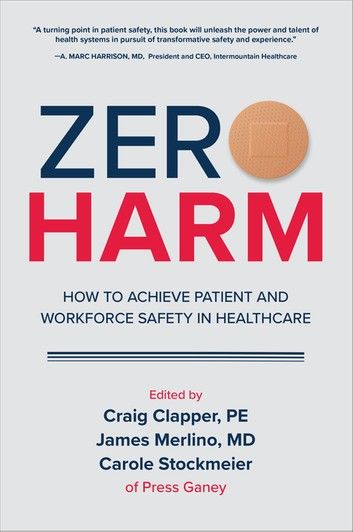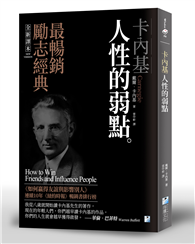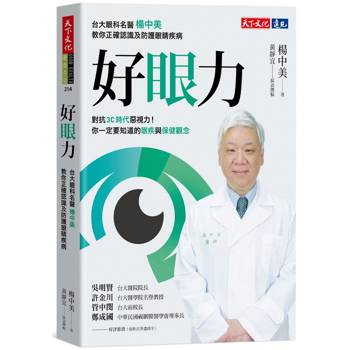| FindBook |
有 1 項符合
Zero Harm: How to Achieve Patient and Workforce Safety in Healthcare的圖書 |
 |
Zero Harm: How to Achieve Patient and Workforce Safety in Healthcare 作者:Craig Clapper,James Merlino,Carole Stockmeier 出版社:McGraw Hill LLC 出版日期:2018-11-09 語言:英文 |
| 圖書館借閱 |
| 國家圖書館 | 全國圖書書目資訊網 | 國立公共資訊圖書館 | 電子書服務平台 | MetaCat 跨館整合查詢 |
| 臺北市立圖書館 | 新北市立圖書館 | 基隆市公共圖書館 | 桃園市立圖書館 | 新竹縣公共圖書館 |
| 苗栗縣立圖書館 | 臺中市立圖書館 | 彰化縣公共圖書館 | 南投縣文化局 | 雲林縣公共圖書館 |
| 嘉義縣圖書館 | 臺南市立圖書館 | 高雄市立圖書館 | 屏東縣公共圖書館 | 宜蘭縣公共圖書館 |
| 花蓮縣文化局 | 臺東縣文化處 |
|
|
From the nation’s leading experts in healthcare safety—the first comprehensive guide to delivering care that ensures the safety of patients and staff alike.
One of the primary tenets among healthcare professionals is, “First, do no harm.” Achieving this goal means ensuring the safety of both patient and caregiver. Every year in the United States alone, an estimated 4.8 million hospital patients suffer serious harm that is preventable. To address this industry-wide problem—and provide evidence-based solutions—a team of award-winning safety specialists from Press Ganey/Healthcare Performance Improvement have applied their decades of experience and research to the subject of patient and workforce safety. Their mission is to achieve zero harm in the healthcare industry, a lofty goal that some hospitals have already accomplished—which you can, too.
Combining the latest advances in safety science, data technology, and high reliability solutions, this step-by-step guide shows you how to implement 6 simple principles in your workplace.
1. Commit to the goal of zero harm.
2. Become more patient-centric.
3. Recognize the interdependency of safety, quality, and patient-centricity.
4. Adopt good data and analytics.
5. Transform culture and leadership.
6. Focus on accountability and execution.
In Zero Harm, the world’s leading safety experts share practical, day-to-day solutions that combine the latest tools and technologies in healthcare today with the best safety practices from high-risk, yet high-reliability industries, such as aviation, nuclear power, and the United States military. Using these field-tested methods, you can develop new leadership initiatives, educate workers on the universal skills that can save lives, organize and train safety action teams, implement reliability management systems, and create long-term, transformational change. You’ll read case studies and success stories from your industry colleagues—and discover the most effective ways to utilize patient data, information sharing, and other up-to-the-minute technologies. It’s a complete workplace-ready program that’s proven to reduce preventable errors and produce measurable results—by putting the patient, and safety, first.
|











